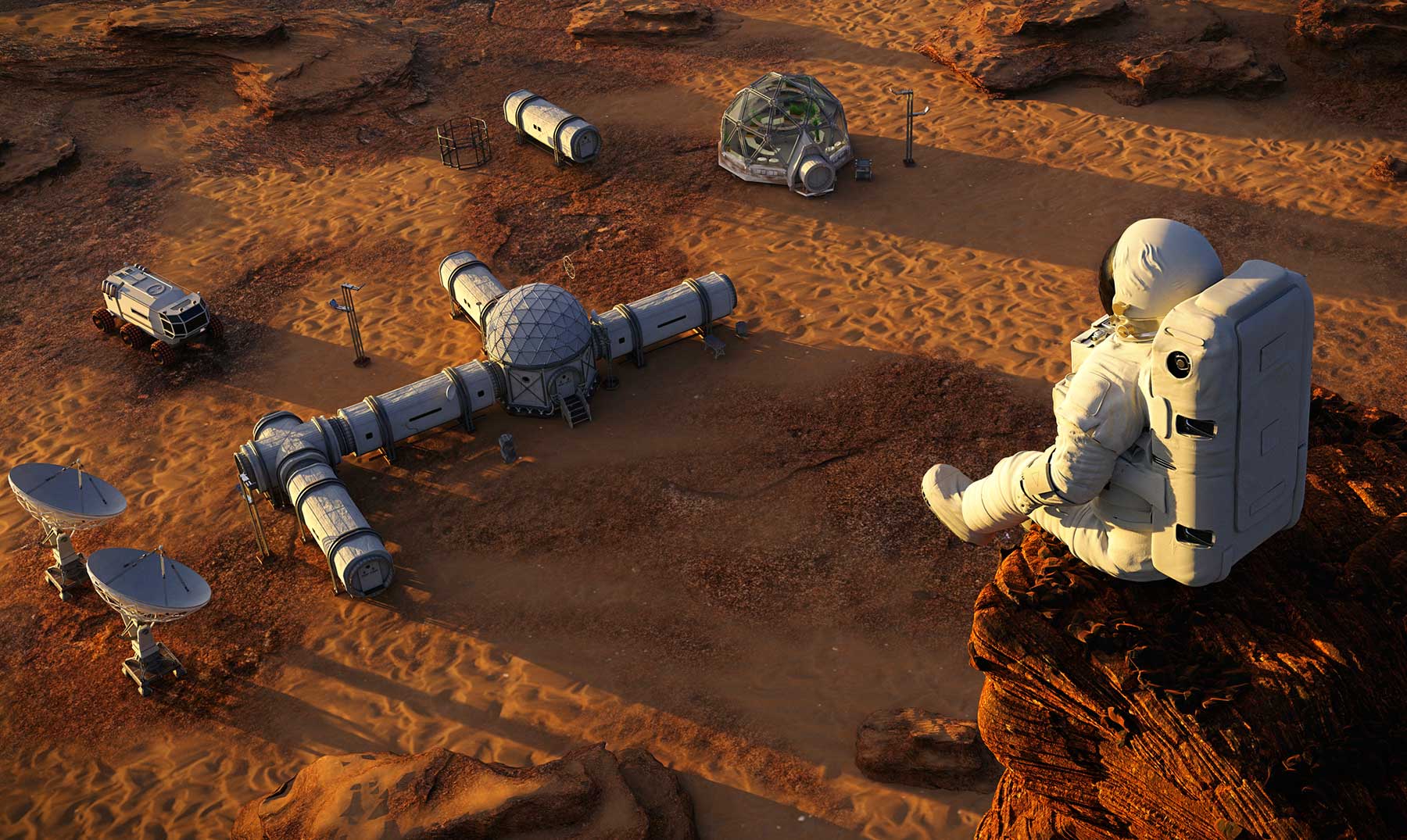Luis Arturo Villar Sudek, known to millions as Luisito Comunica, is not only a phenomenon on social media, but also an entrepreneur who has known how to capitalize on his influence, which has led him to be truly successful. With an estimated net worth of $20 million (according to Celebrity Net Worth), this creator has diversified his brand into areas such as gastronomy, telecommunications, fashion, and more.
Luisito began his career on YouTube in 2012, but his path to business was not immediate. The growth of his channel was meteoric, standing out for his unique, accessible style and ability to tell stories. Unlike other creators, Luisito dedicated himself to producing travel videos that not only showed the landscape, but also delved into the customs and human stories behind each place.
His success as a content creator has allowed him to build a loyal community and, over time, leverage that audience to enter different markets. His strategy has included key partnerships, product innovation, and a strong connection to his brand identity. However, not all of his projects have been a success, making him a perfect case study on how to start, learn, and evolve.
His strategy has been clear: leverage his personal brand and global audience to boost businesses ranging from restaurants to telecommunications. His foray into the business world has not been linear, with successes that have catapulted him and failures that have left him with valuable lessons.
The businesses that Luisito Comunica has or has had
Successful businesses
Pillofon (2020)
This virtual mobile operator (MVNO), developed in collaboration with Diri Móvil, emerged to offer accessible services in a competitive market such as telecommunications. Luisito took advantage of his influence to position Pillofon as an option for young people, highlighting affordable plans with unlimited data and national coverage. His success lies in identifying a clear need and using his reach to communicate its benefits.

Gran Malo (2021)
A tamarind-infused tequila that revolutionized the market for its originality. Luisito was co-founder of this brand, which used an innovative social media marketing campaign to capture a young audience. Gran Malo's success is also due to its ability to export a traditional Mexican product with a modern twist, expanding its reach to international markets.

Deigo Ramen and Deigo Sushi
Luisito entered the restaurant world with these establishments specializing in Japanese food, located in Mexico City. Inspired by his travels, he opted for an authentic gastronomic experience, focusing on the quality and freshness of the ingredients. Deigo has gained popularity among lovers of Japanese cuisine.

Businesses with challenges
Fasfú Burgers (2021-2023)
An American-style burger chain that initially saw accelerated growth, expanding to Colombia, Peru, and Spain. However, its rapid expansion affected quality and customer experience, leading to the closure of several branches. This business underscores the importance of not compromising standards by growing too quickly.

El Rey Palomo (2018-2023)
His clothing line was an attempt to bring his personal style into the closets of his community. Although the brand achieved some initial traction, it failed to maintain sufficient sales over the long term and eventually closed. This failure highlighted the need to carefully plan the logistics and sustainability of a business in the retail sector.

Business Lessons
The Importance of Diversifying Income
Luisito has shown that it is not good to depend on a single source of income. Venturing into different sectors allowed him to expand his impact and build a more solid economic base.
If you have a stable job, consider creating a secondary source of income, such as investments or small ventures.
Leveraging Your Community as a Competitive Advantage
Each of his businesses has used their follower base as a launching pad. Their authenticity and emotional connection with their audience have been key to building trust.
Use your network of contacts to validate business ideas and attract your first clients.
Innovating within traditional markets
Gran Malo is a clear example of how a small change, like adding tamarind to tequila, can revitalize a saturated market.
Look at your industry and think of a unique twist you can offer to differentiate yourself.
Don't neglect quality for expansion
Fasfú Burgers illustrates how growing too quickly can negatively impact a business. The focus should be on consolidating before scaling.
Prioritize quality and customer satisfaction before trying to expand your business.
Learning from failures
The closure of El Rey Palomo didn't stop Luisito; instead, it served as experience for future endeavors.
Document your mistakes and use them as a reference so you don't repeat them.
Staying true to your brand identity
Each of Luisito's projects reflects his unique style and personality, which has strengthened his connection with the public.
Make sure your personal values are present in what you offer, creating a distinctive seal.
Luisito Comunica is a clear example of how to combine charisma, authenticity and business vision to achieve success. Although he has faced challenges, each failure has served as a basis for his growth. His focus on diversification, innovation and authenticity can be applied to any field, whether it is your own business or your professional career.
These lessons invite us to take calculated risks, learn from our mistakes and build on our strengths. Like him, you can use your current resources, be it skills, contact networks or your passion, to begin to transform your ideas into reality. Remember: success is not linear, but every step counts.












































Comentarios